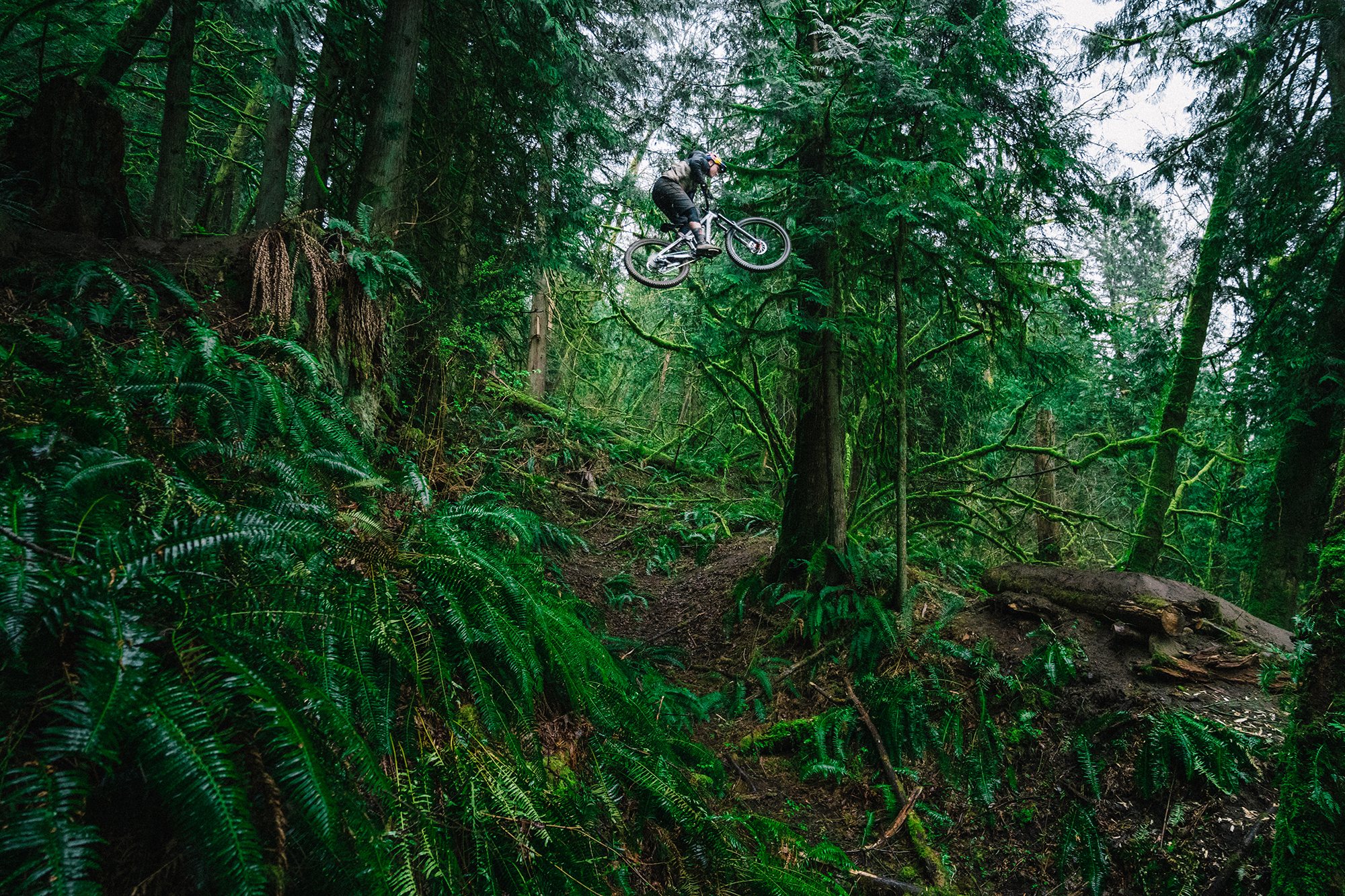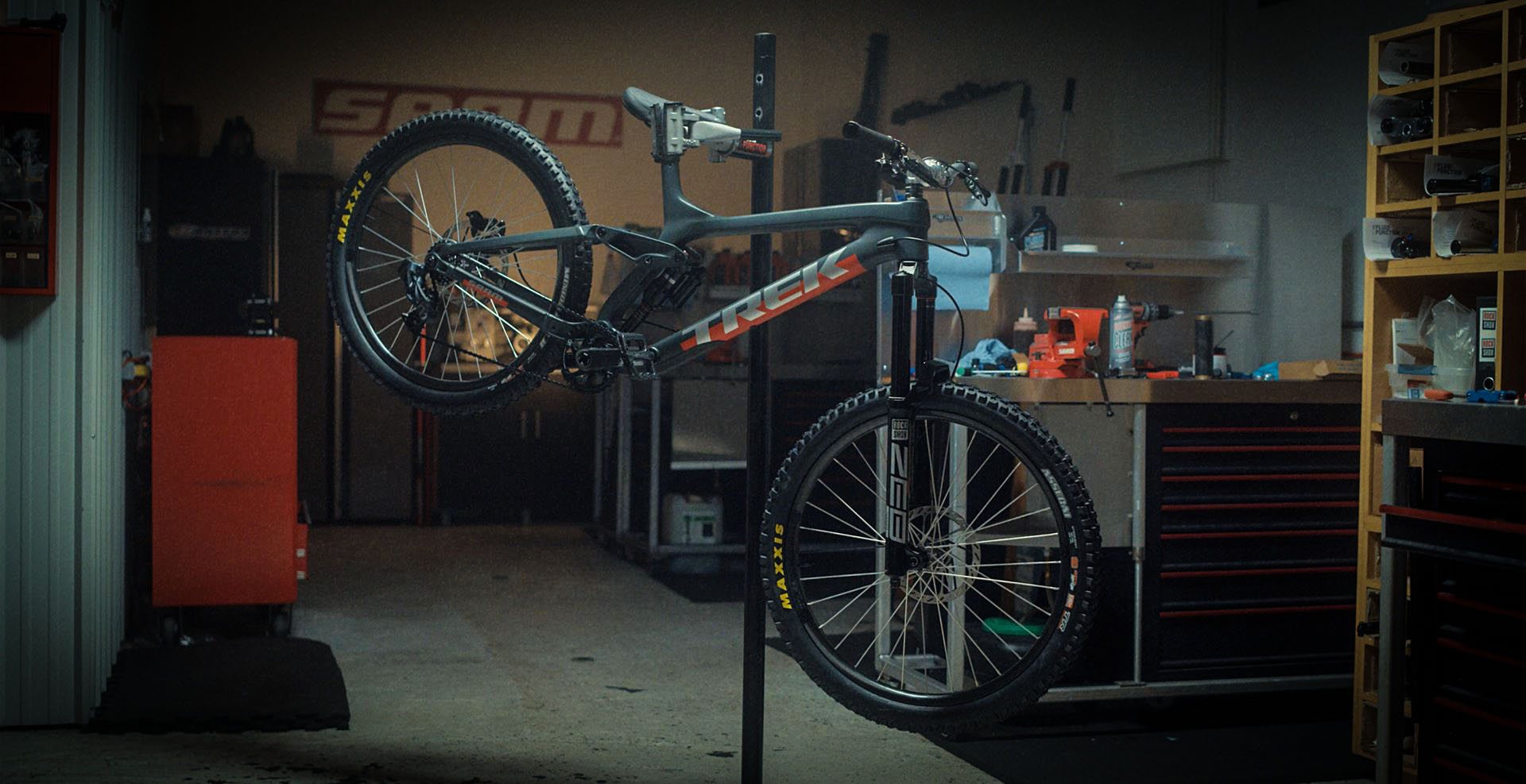It has long been said, “with mullets come great power”. Billy Ray Cyrus, Andre Agassi, David Bowie and of course his holiness Chuck Norris… But what do these guys have to do with mountain biking? Not much other than they all had mullets in their prime. They were all business in the front and party out the back.
Still, what does this have to do with mountain biking? Well, like high pivot suspension, we have seen a huge trend of bikes being released with mullets. All business up the front with a 29-inch wheel and party in the back with a 27.5-inch wheel.
Words // Darren Mallard
As we know, the 29-inch wheels roll faster, have more grip, and they are less affected by rough terrain. Their shallow attack angle makes light work of the chatter, and you feel less through the handlebars. Traction is improved thanks to the larger contact patch provided. Lastly, when up to speed, the momentum will carry you and keep you on your line much easier than before.
The downsides to 29-inch wheels, both front and rear, are real, though. Due to that extra momentum described above, 29ers require more effort to tip into a corner. People with shorter legs may get their rear ends buzzed by the rear tyre. The bigger wheels can make it more difficult for smaller riders to handle, and the benefits may be lost.
A “Mullet”, “hybrid”, or “MX” wheelset combines a 29-inch front wheel with a 27.5 rear wheel. All business up the front with a party out the back. A 27.5-inch wheel out the back of the bike provides more clearance and agility thanks to its smaller wheel size. Because the rear wheel is getting pulled through the rough stuff instead of pushed, it won’t get hung up or stalled as easily.
The smaller wheel requires less effort to lean over and decreases the turning radius of a bike. A smaller diameter wheel at the rear makes it easier to get rearward and pick the bike’s front end up.
Many bigger bikes, like DH and Enduro bikes like to be steered with the rear; a mullet bike makes a bike more fun to navigate through the tight stuff. The smaller contact patch can break traction easier, and a mullet bike loves to drift.
Making your bike a mullet isn’t as easy as throwing a smaller rear wheel into your bike. Because of the smaller diameter, it will slacken your head angle and seat tube, along with lowering your bottom bracket. Your bike may end up too low and slack for any enjoyment while climbing. The lower BB could also lead to a dangerous situation where you are smashing your cranks on any rough trail, an experience we wish on no one.

To successfully receive all of the benefits from a mixed wheel system, it is important to try and retain the original geometry. New bikes with this system available from the showroom floor often have flip chips at the shock or in the chainstay to compensate for geo changes. Some brands like Forbidden have offered aftermarket links like the ziggy links for people wanting to mullet their Druid. Third-party brands like WRP and Cascade Components have been doing this for years. Small links or rockers to compensate for the smaller wheel and retain stock geometry.
Mullets are perfect for riders looking for the ideal mix of all-out speed balanced with exciting agility. A bike you can swing off the back of at Mach 1 while you trust in your front wheel like nothing ever before. Direct and easy steering to direct an agile and drift’able rear wheel. It is really hard to find the downsides. [R]



